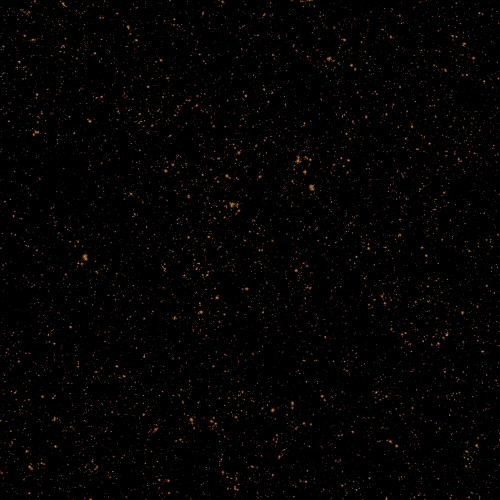6 min read Hubble Celebrates 30th Anniversary of Servicing Mission 1 Astronaut F. Story Musgrave works in the space shuttle Endeavour’s cargo bay while the solar array panels on the Hubble Space Telescope are deployed during the final Servicing Mission 1 spacewalk. NASA In the pre-dawn hours on Dec. 2, 1993, the space shuttle Endeavour launched from Kennedy Space Center in Florida on a critical mission to repair NASA’s Hubble Space Telescope. Hubble was designed to be serviced in space with components that astronauts can slide in and out of…
Read MoreTag: Astrophysics
Hubble Views a Double Cluster of Glowing Galaxies
2 min read Hubble Views a Double Cluster of Glowing Galaxies This NASA Hubble Space Telescope image of Abell 3192 holds two independent galaxy clusters. ESA/Hubble & NASA, G. Smith, H. Ebeling, D. Coe This Hubble image features a massive cluster of brightly glowing galaxies, first identified as Abell 3192. Like all galaxy clusters, this one is suffused with hot gas that emits powerful X-rays, and it is enveloped in a halo of invisible dark matter. All this unseen material – not to mention the many galaxies visible in this image –…
Read MoreNASA Rocket to See Sizzling Edge of Star-Forming Supernova
5 min read NASA Rocket to See Sizzling Edge of Star-Forming Supernova A new sounding rocket mission is headed to space to understand how explosive stellar deaths lay the groundwork for new star systems. The Integral Field Ultraviolet Spectroscopic Experiment, or INFUSE, sounding rocket mission, will launch from the White Sands Missile Range in New Mexico on Oct. 29, 2023, at 9:35 p.m. MDT. For a few months each year, the constellation Cygnus (Latin for “swan”) swoops through the northern hemisphere’s night sky. Just above its wing is a favorite target…
Read MoreNASA’s Roman Mission Gears Up for a Torrent of Future Data
NASA’s Nancy Grace Roman Space Telescope team is exploring ways to support community efforts that will prepare for the deluge of data the mission will return. Recently selected infrastructure teams will serve a vital role in the preliminary work by creating simulations, scouting the skies with other telescopes, calibrating Roman’s components, and much more. Their work will complement additional efforts by other teams and individuals around the world, who will join forces to maximize Roman’s scientific potential. The goal is to ensure that, when the mission launches by May 2027,…
Read More
